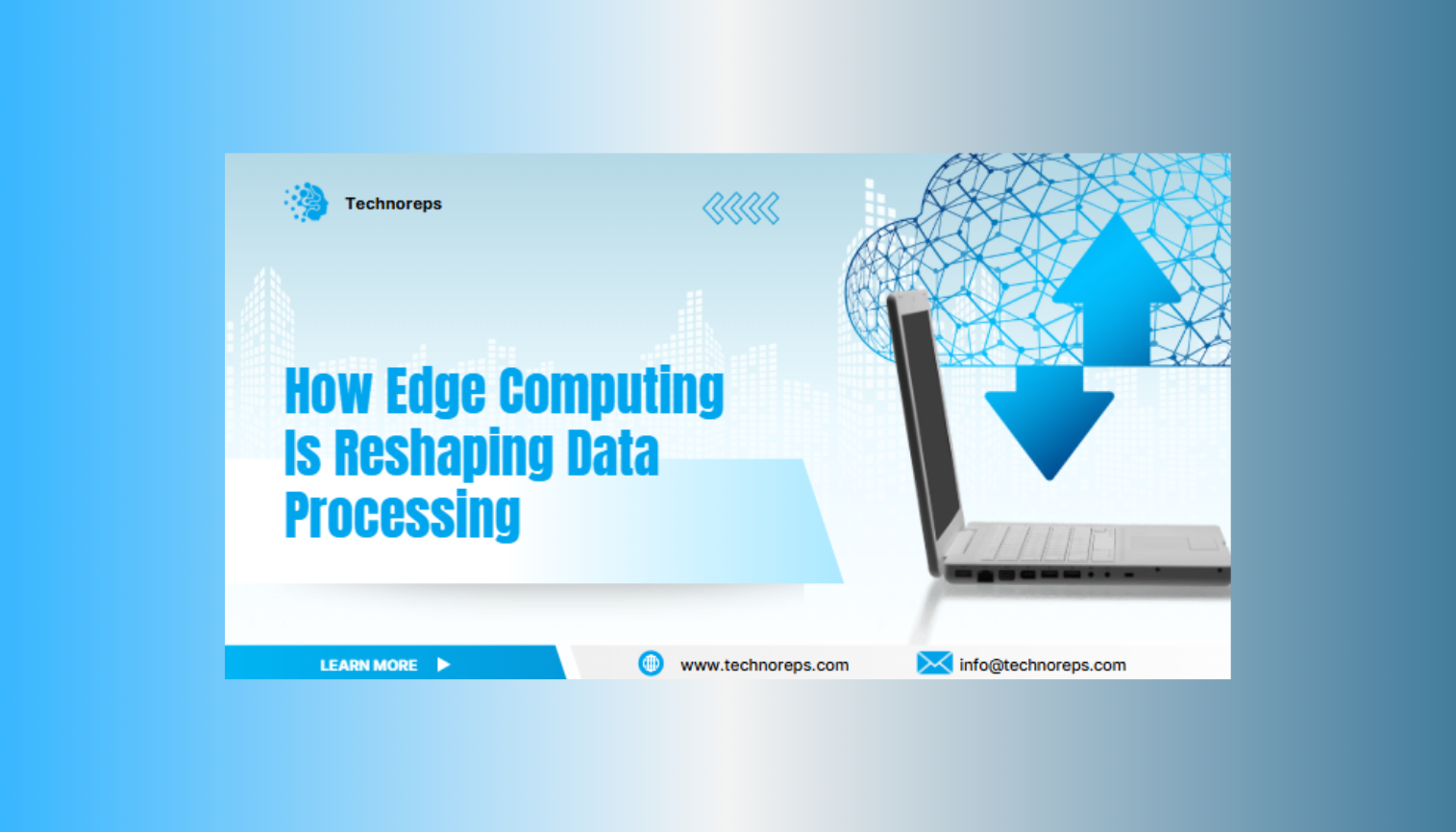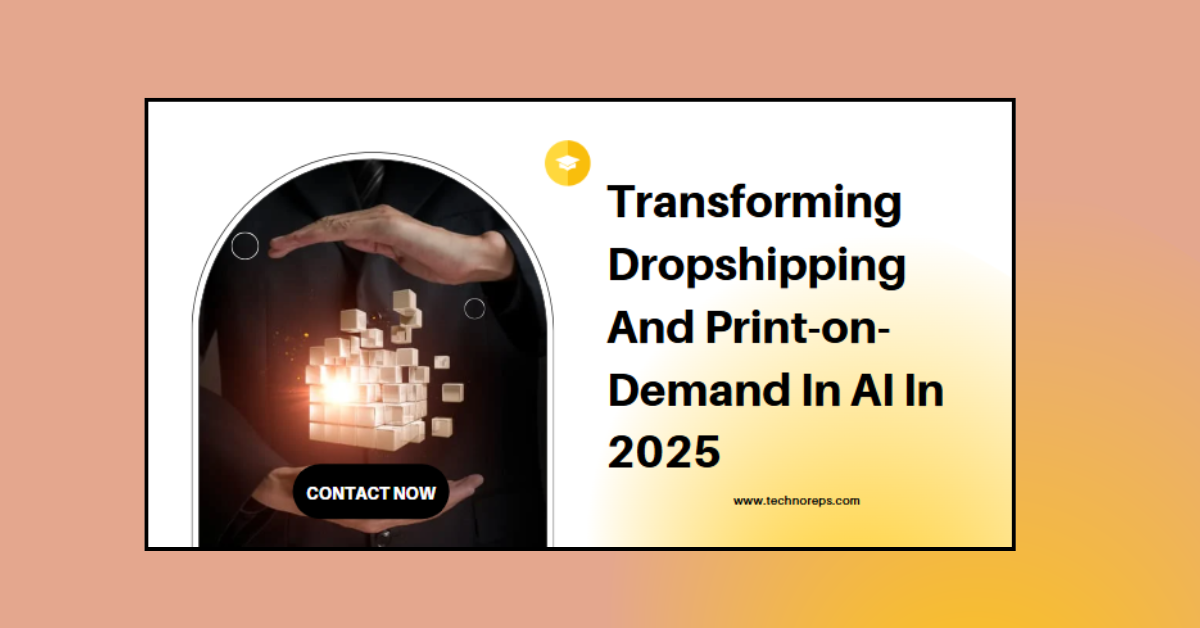In today’s digital landscape, the exponential growth of data has necessitated innovative solutions for faster and more efficient data processing. Edge computing has emerged as a game-changer, shifting data processing closer to the source, reducing latency, and enhancing real-time decision-making. This article explores how edge computing is revolutionizing data processing and its impact on various industries.
What Is Edge Computing?
Edge computing is a decentralized IT architecture where data is processed at or near the source rather than relying on centralized cloud servers. This approach minimizes the need for long-distance communication with data centers, resulting in improved speed, security, and efficiency.
Key Benefits of Edge Computing
Reduced Latency – Real-time data processing without delays.
Enhanced Security – Data remains localized, reducing exposure to cyber threats.
Bandwidth Optimization – Less reliance on cloud storage reduces bandwidth costs.
Improved Reliability – Local processing ensures system functionality even with network disruptions.
How Edge Computing Is Transforming Industries
1. Healthcare
Edge computing enables real-time patient monitoring, allowing healthcare providers to respond swiftly to emergencies. Smart medical devices process and analyze data on the edge, reducing dependency on cloud storage and improving patient care.
2. Manufacturing
In the industrial sector, edge computing enhances predictive maintenance by processing sensor data instantly. This prevents equipment failures and optimizes production efficiency.
3. Retail
Retailers leverage edge computing for personalized customer experiences, real-time inventory management, and frictionless checkout systems. By processing data closer to stores, businesses can improve customer service and operational efficiency.
4. Smart Cities
From traffic management to energy distribution, smart city applications rely on edge computing to process data locally, ensuring fast responses to real-world events such as traffic congestion or power outages.
5. Autonomous Vehicles
Self-driving cars require split-second decision-making. Edge computing processes data from sensors and cameras in real time, ensuring safe and efficient autonomous navigation.
Lorem ipsum dolor sit amet, consectetur adipiscing elit. Ut elit tellus, luctus nec ullamcorper mattis, pulvinar dapibus leo.
Challenges and Future Trends in Edge Computing
Challenges
Infrastructure Costs – Initial setup can be expensive.
Data Security Risks – More endpoints increase vulnerability.
Scalability Issues – Managing multiple edge devices can be complex.
Future Trends
AI Integration – Edge AI will enhance real-time analytics and automation.
5G Expansion – Faster connectivity will boost edge computing capabilities.
IoT Growth – The rise of IoT devices will further drive edge computing adoption.
Conclusion
Edge computing is reshaping data processing by offering speed, security, and efficiency across industries. As technology advances, integrating AI and 5G will further enhance its capabilities, making edge computing a critical component of the digital future.







